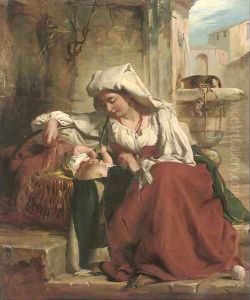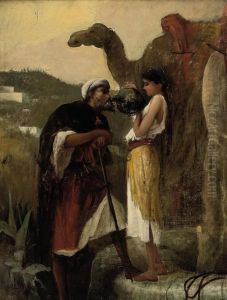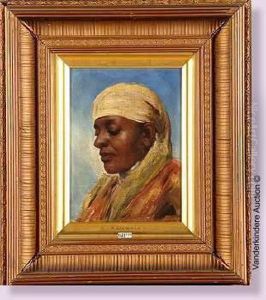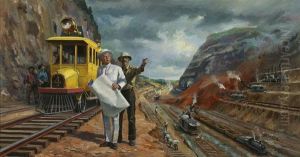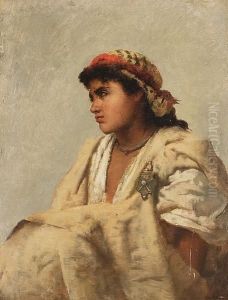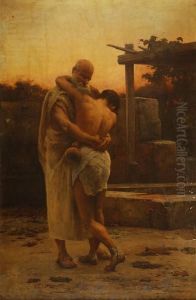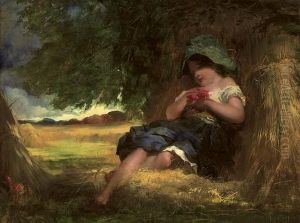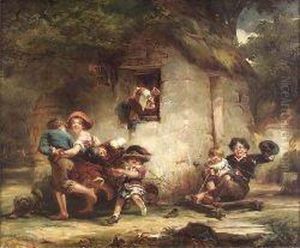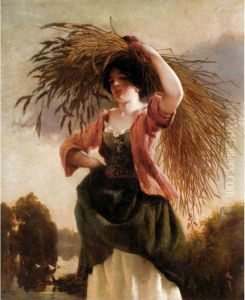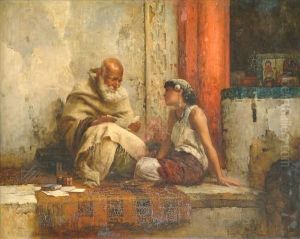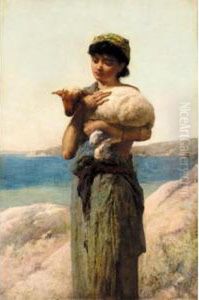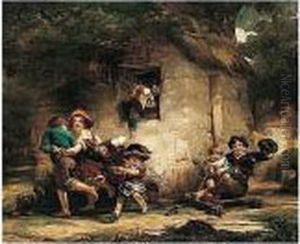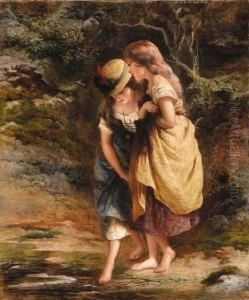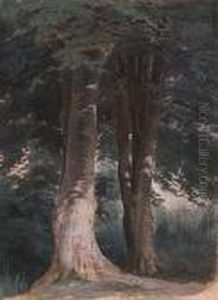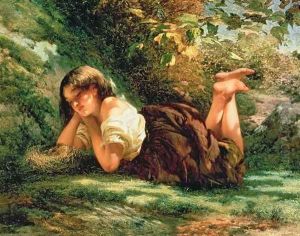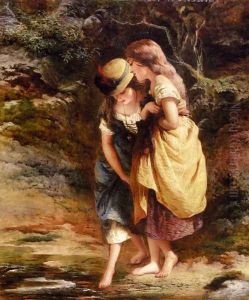Robert Gavin Paintings
Robert Gavin was born in 1827 in Leith, Scotland, a significant district near Edinburgh known for its bustling port. His life unfolded during a period of profound social and artistic change, reflecting the broader shifts occurring in the United Kingdom and across Europe during the 19th century. Not much is detailed about his early life, but it is known that he developed an interest in art at a young age, which was nurtured despite the modest means of his family.
Gavin's artistic journey led him to study and work both in Scotland and abroad, contributing to his development as a painter whose works spanned both traditional Scottish subjects and scenes inspired by his travels. His oeuvre includes landscapes, portraits, and historical scenes, executed with a keen eye for detail and a vibrant palette that captured the essence of his subjects with both realism and romanticism.
Throughout his career, Gavin exhibited his work in various prestigious venues, including the Royal Scottish Academy, where he gained recognition amongst his peers and the public. Despite facing the challenges common to artists of his time—such as financial instability and the competitive nature of the art world—Gavin's dedication to his craft and his ability to evoke the spirit of Scotland in his paintings earned him a lasting place in the annals of Scottish art.
Robert Gavin died in 1883, leaving behind a legacy that, while perhaps not as widely known as some of his contemporaries, continues to be appreciated by art historians and collectors. His paintings are cherished for their historical value and their ability to transport viewers to the Scotland of the 19th century, with its rugged landscapes, vibrant city scenes, and rich cultural heritage. Through his art, Gavin remains an important figure in the story of Scottish painting, embodying the passion and perseverance of artists of his era.
